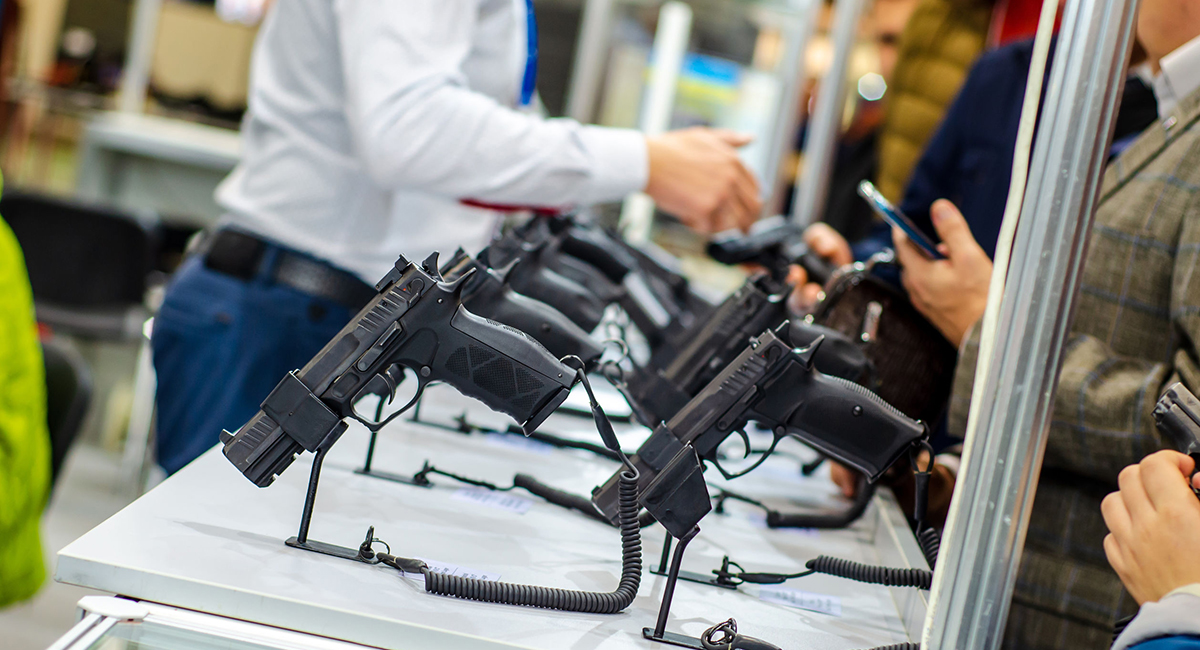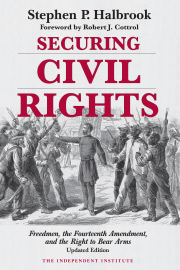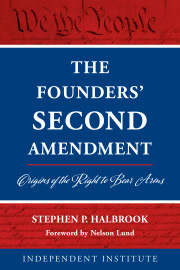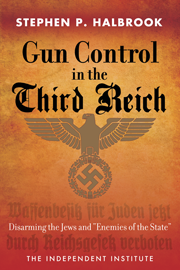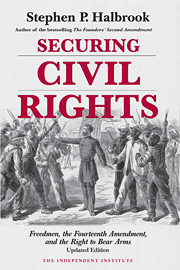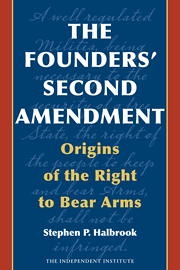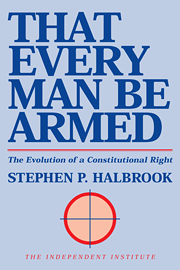Just after the U.S. Supreme Court decided New York State Rifle & Pistol Association v. Bruen (2022), it sent several cases on its docket back to the lower courts, which had upheld gun restrictions, to be re-decided in accordance with the Bruen ruling. That’s Court-speak for “you got it wrong; now go back and get it right.” And, in Bruen, the Court made very clear how to get it right.
First, the Supreme Court demanded that lower courts answer whether the activity is protected by the text of the Second Amendment. As in, read my lips, “the right of the people to keep and bear arms” means what it says. Therefore, if the activity is presumably protected, then the burden shifts to the government to justify a restriction. If a case involves a ban on arms in common use for lawful purposes, then that is the end of the matter—the restriction is constitutionally invalid.
Second, did a similar restriction or an analogue thereof exist around America’s founding when the Amendment was adopted in 1791 or within a few years thereafter? If not, the restriction on our freedom is unconstitutional. If so, then a court must judge if the modern restriction is indeed in step with our historical traditions.

